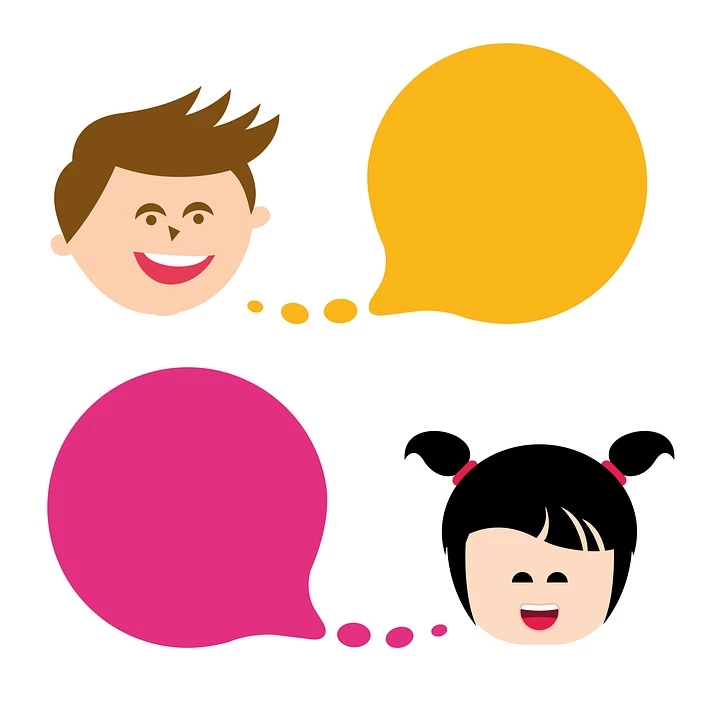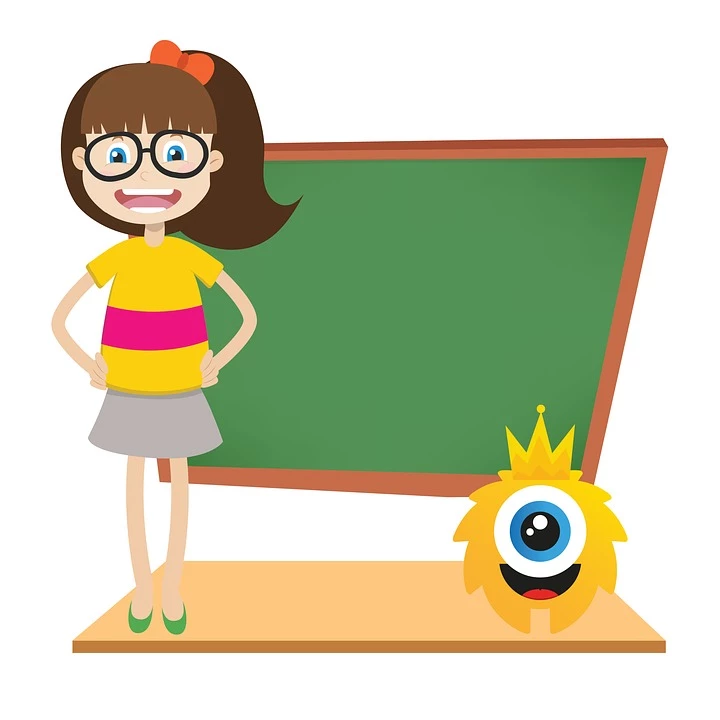
What is an Emoji?
The word emoji literally means “image” (e) + “letter” (moji); the similarity to “emotion” is a cross-cultural pun. These characters are used in the same way as ASCII emoticons, but a larger number are defined. The icons are standardized and built into the devices. Some emojis are very specific to Japanese culture, such as a man bowing to apologize, a face wearing a surgical mask, a white flower signifying “brilliant school work” or a group of emojis representing typical food: ramen noodles, dango, onigiri, Japanese curry, sushi.
The three major Japanese operators, NTT DoCoMo, au and SoftBank Mobile (formerly Vodafone), have each defined their own variant of emojis.
Although originating in Japan, some emoji character sets are integrated with Unicode, allowing them to be used worldwide. As a result, some smartphones equipped with Android, Windows and iOS allow the use of these characters even without a connection to a Japanese network. Emojis have also started to appear in email services such as Gmail in April 2009, or Microsoft Outlook as of 2017 for its Office 360 version, websites such as Flipnote Hatena, and social networks such as Facebook, Twitter or Tumblr.
Some SMS applications for Android6 also provide plugins to use emoji. At Apple, Mac OS X supports them since version 10.7 Lion with the colorful Apple Color Emoji font.
They are also available for Windows: natively integrated since Windows 8 (accessible in the visual keyboard), they can however be used in Windows 7 with an update of the “Segoe” font.

The emoticons, different from the emojis, are supported by the Unicode/U1F600 character table, the various symbols being on the Unicode/U2600 character table.
Emojis and Unicode
Hundreds of emoji characters were imported into version 6.0 of the Unicode space in October 2010 (and the international standard ISO/IEC 10646).
The additions were initially requested by Google (Kat Momoi, Mark Davis, and Markus Scherer wrote the first draft for integration by the Unicode Technical Committee in August 2007) and Apple Inc. (whose Yasuo Kida and Peter Edberg joined the first official proposal of 607 characters in January 2009 as co-authors).

The process went through a long series of comments by members of the Unicode Consortium and international standards bodies participating in ISO/IEC JTC1/SC2/WG2, particularly the United States, Germany, Ireland (led by Michael Everson) and Japan. During the consensus development process, several new characters were added, particularly map symbols and European signs. This consortium meets 4 times a year to organize their regulation.
The basic set of emojis in Unicode 6.0 consists of 722 characters, of which 114 correspond to sequences of one or more characters in the previous standard, and the remaining 608 to sequences of one or more characters introduced in Unicode 6.0.
There is no block reserved specifically for emojis: the symbols have been encoded in seven different blocks, some created on occasion. There is a reference file providing the correspondences with the historical encodings of Japanese operators.
List of available emojis
You will find an updated list of available Emojis on the dedicated Wikipedia page.
You can also consult our other articles:
You need more? Our team of experts and passionate can help you.